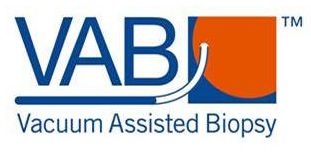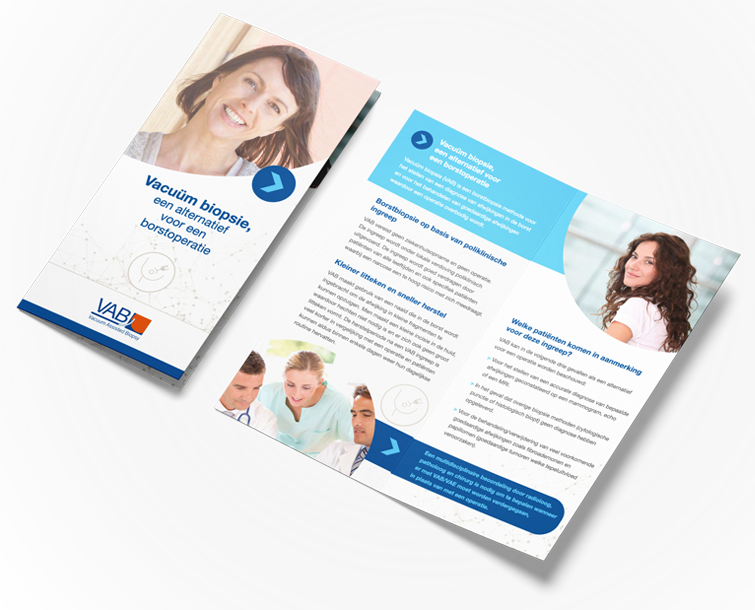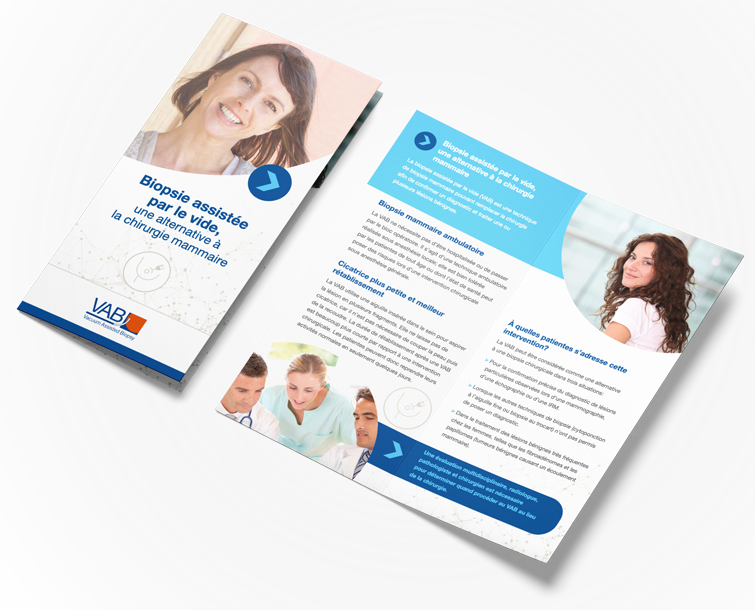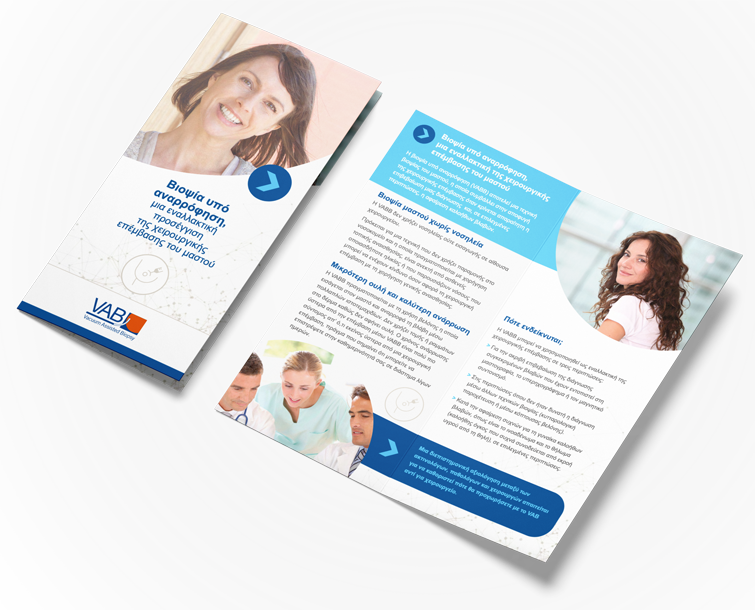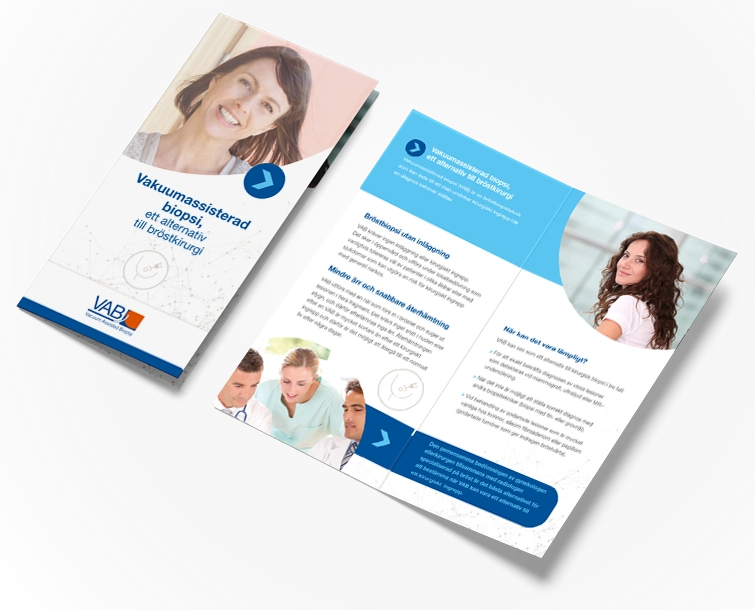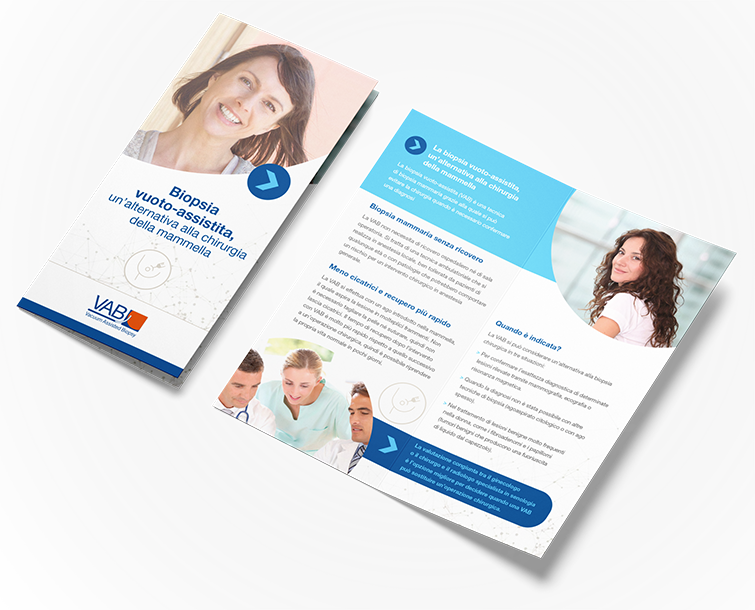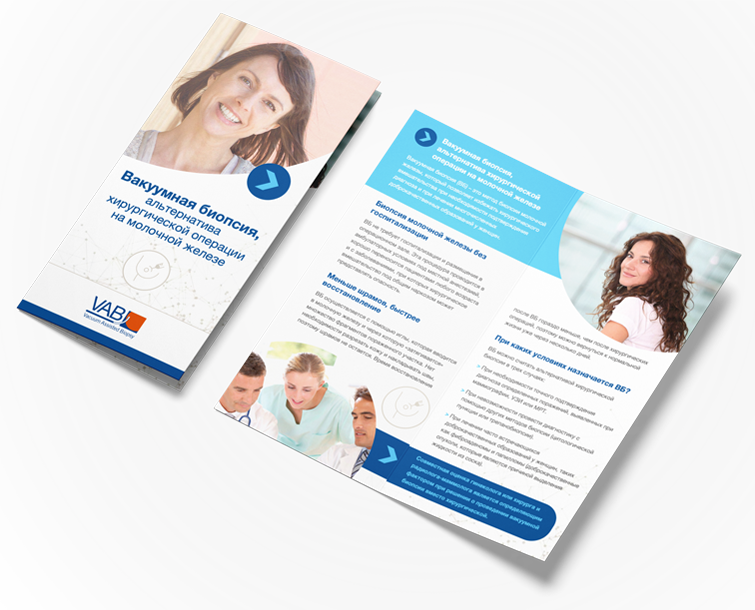 Fibrocystic breast are relatively common. It is estimated that 90 per cent of women have fibrocystic changes in their breast tissues, and that up to 50 per cent show the typical clinical signs and symptoms associated with these abnormalities.3
Fibrocystic breast are relatively common. It is estimated that 90 per cent of women have fibrocystic changes in their breast tissues, and that up to 50 per cent show the typical clinical signs and symptoms associated with these abnormalities.3
The breast is primarily made of fat cells, glands, and connective tissue.1 In some women, these undergo changes that may result in the breast feel lumpy and painful, or developing cysts.2 These changes are what are collectively known as fibrocystic breast conditions.2 Understandably, they may cause some worry, but they are not dangerous. Fibrocystic changes of the breast are not due to cancer and do not increase the risk of having the disease.2
In fact, they are the most common benign (non-cancerous) conditions of the breast.3 That said, their presence can make it more difficult to see a cancerous tumour on a mammogram (X-rays images of the breast).2
Why do fibrocystic breast changes occur?
Doctors have not yet identified the exact causes of fibrocystic breast changes. However, it is believed that these might be triggered by the reproductive hormones, oestrogen, and progesterone — all produced in the ovaries.2,4
Each month, your levels of these hormones increase, usually just before or during your period. Your breast responds by becoming swollen, tender, and lumpy. Usually, these signs and symptoms disappear when your levels of oestrogen and progesterone return to normal. But if you have a fibrocystic condition, they may persist as a result of the continuous stimulation by your reproductive hormones.2,4
The idea that hormonal changes play a role in the development of fibrocystic breast conditions is supported by research showing that postmenopausal women don’t normally have them, unless they are receiving hormone-replacement therapy.2,5
Some women are more likely to develop fibrocystic changes than others. So, for example, you are at greater risk if you are a premenopausal woman aged 20 to 50 and/or you had your first period at an early age.2,3 Other risk factors include having your first baby at age 30 or older, and being childless.2 Certain infections may also increase your risk of developing fibrotic changes in your breast.2
What are the fibrocystic breast symptoms?
Fibrocystic breast changes can lead to the development of benign lumps as well as cysts and abscesses.2,3,6 These are the most common fibrocystic conditions.
- A lump is essentially a hard mass of cells that moves around easily if you push it with your fingers; they are found more frequently in the upper part of the breast and near the arm.2,6
- Cysts feel like benign lumps when they are felt, but they are round sacs filled with fluid, rather than masses of cells.6,3
- Abscesses are an accumulation of pus under the skin of the breast, and are usually caused by a bacterial infection.6,7
Fibrocystic changes can affect one or both breasts, and can cause a wide range of different signs and symptoms.2,3
The most common are breast pain, tenderness and discomfort, and their intensity may vary throughout the month.2,3,4,8 The affected area may become very sensitive to the touch, and you may also experience a burning sensation.2
If you have a fibrocystic condition, your breasts are likely to swell.2 If you have lumps, these may change in size throughout your menstrual cycle — resulting in the pain and discomfort becoming more severe.8,2 You may also experience some thickening of the breast tissues. You can recognise this because, unlike lumps and cysts, which move when felt, thickening feels to the touch more like a mass that expands into nearby tissues. It is therefore more difficult to distinguish from the latter.8,9
Another symptom typically associated with fibrocystic breast changes is the leaking of fluid from the nipple. This is usually dark in colour and occurs spontaneously without any squeezing from your nipples.8,9
Fibrocystic breast changes shouldn’t be a cause of concern, given their benign nature.
However, it’s still important to see your doctor if you notice any of the above signs and fibrocystic breast symptoms. He or she may be able to tell you which fibrocystic problem you have, after a physical examination. Depending on your family history and other factors, you may also need scans and, in some cases, a biopsy (the removal of a tiny amount of tissue so that it can be examined under the microscope) before a diagnosis can be made.2,10,11
Treatment will depend on your personal circumstances. You may not need any, if your symptoms are mild or moderate. However, if the pain caused by a lump, cyst or abscess is severe, your doctor may recommend that you have it removed. 2,12
Some things you can do
If you have a fibrocystic breast condition, it may impact on your everyday life. Depending on its severity, the associated pain and discomfort may limit your ability to work or engage in leisure and social activities.
However, there are things you can do to alleviate the symptoms of your condition.
For example, over-the-counter pain medications usually work well.2,12 Additionally, you may want to consider applying warm compresses to the breast. You may also experience some relief from wearing a well-fitting supportive bra, including when sleeping. 2,13 Plus, there is evidence, albeit limited, that certain dietary changes might help in some cases. These include reducing the intake of caffeine and eating a low-fat diet. 2,13
Lastly, if you are going through the menopause, and you are taking hormone replacement therapy, you may want to consider stopping it — although make sure you talk about this with your doctor, first. Research has shown that taking hormone therapy is associated with a 1.7-fold increased incidence of fibrocystic breast changes.5
Seek professional medical help if you are concerned about the appearance of a lump, or fibrocystic breast changes. If you’d like some further information on breast conditions and breast health, feel free to check our website.
References
- Gabriel A. Breast anatomy. Medscape Drugs & Diseases. 2016. Accessed 28 February 2017 from http://reference.medscape.com/article/1273133-overview#a3
- Kosir MA. MSD Manual Consumer Version. Fibrocystic changes of the breast. Accessed 28 February 2017 from http://www.msdmanuals.com/en-gb/home/women-s-health-issues/breast-disorders/fibrocystic-changes-of-the-breast
- Guray M, Sahin AA. Benign breast diseases: classification, diagnosis, and management. Oncologist 2006;11(5):435-49. Accessed 28 February 2017 from http://theoncologist.alphamedpress.org/content/11/5/435.long
- Kosir MA. MSD Manual Professional Version. Breast masses (Breast lumps). Accessed 28 February 2017 from http://www.msdmanuals.com/en-gb/professional/gynecology-and-obstetrics/breast-disorders/breast-masses-breast-lumps
- Santen RJ. Benign breast disease in women. Endotext. 2014. Accessed 28 February 2017 from https://www.ncbi.nlm.nih.gov/books/NBK278994/
- NHS Choices. Breast Lumps. 2014. Accessed 28 February 2017 from http://www.nhs.uk/Conditions/Breast-lump/Pages/Introduction.aspx
- NHS Choices. Breast abscess. 2014. Accessed 28 February 2017 from http://www.nhs.uk/conditions/Breast-abscess/Pages/Introduction.aspx
- Mayo Clinic. Fibrocystic breasts. Accessed 28 February 2017 from http://www.mayoclinic.org/diseases-conditions/fibrocystic-breasts/symptoms-causes/dxc-20194996
- PatientInfo Professional Reference. Benign breast disease. 2016. Accessed 1 March 2017 from http://patient.info/doctor/benign-breast-disease
- Mayo Clinic. Fibrocystic breast. Diagnosis. Accessed 1 March 2017 from http://www.mayoclinic.org/diseases-conditions/fibrocystic-breasts/diagnosis-treatment/diagnosis/dxc-20195820
- PatientInfo. Biopsy. 2015. Accessed 1 March 2017 from http://patient.info/health/biopsy
- Mayo Clinic. Fibrocystic breast. Treatment. Accessed 1 March 2017 from http://www.mayoclinic.org/diseases-conditions/fibrocystic-breasts/diagnosis-treatment/treatment/txc-20195838
- Mayo Clinic. Fibrocystic breast. Self-management. Accessed 1 March 2017 from http://www.mayoclinic.org/diseases-conditions/fibrocystic-breasts/manage/ptc-20195001
